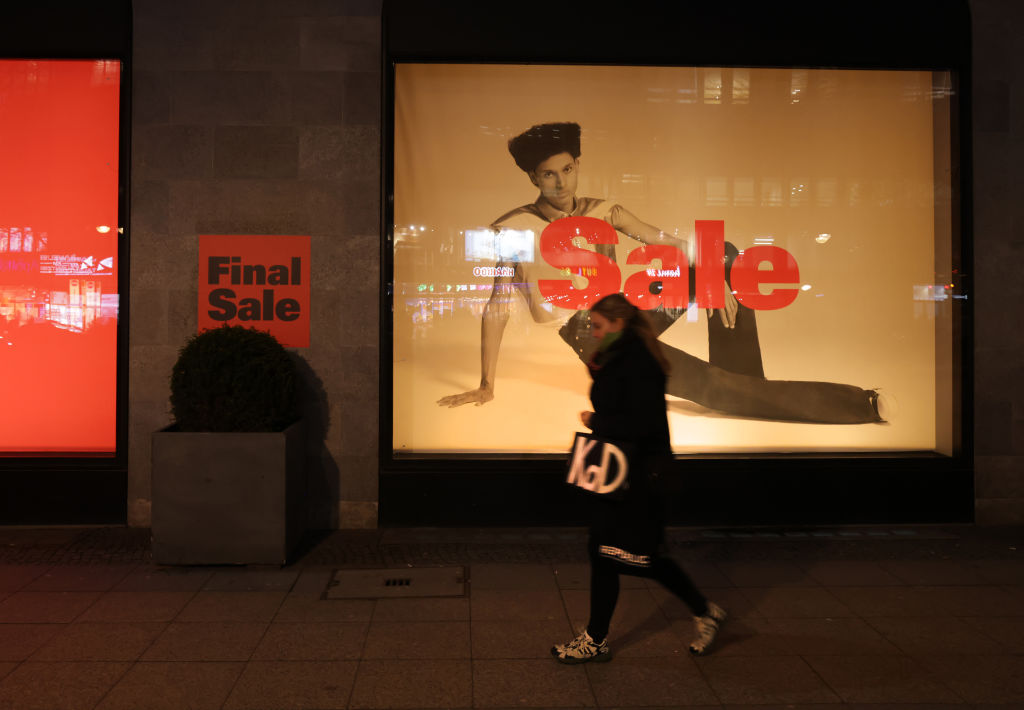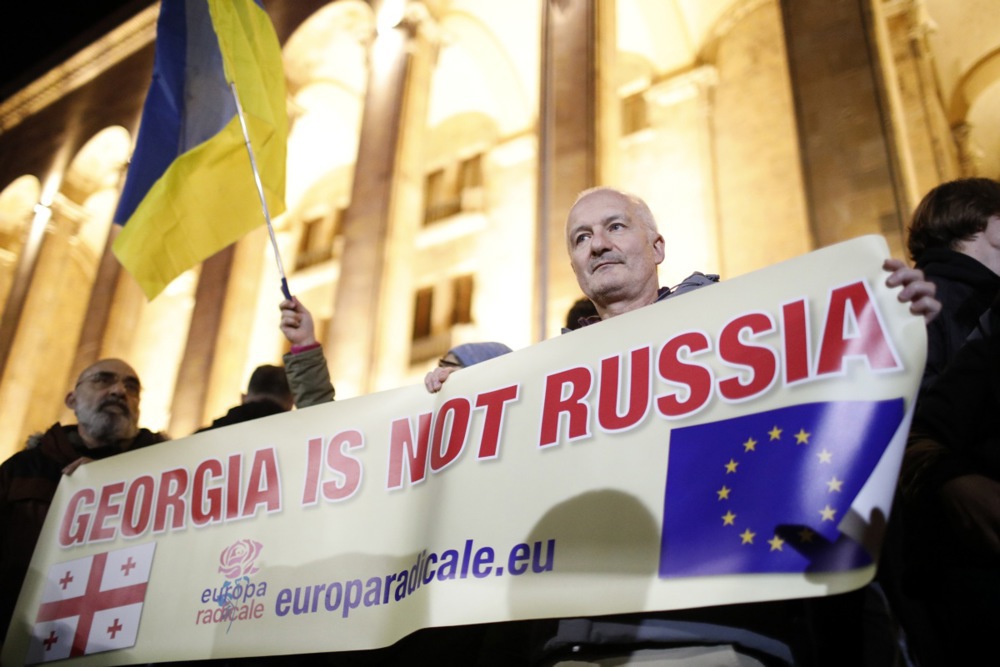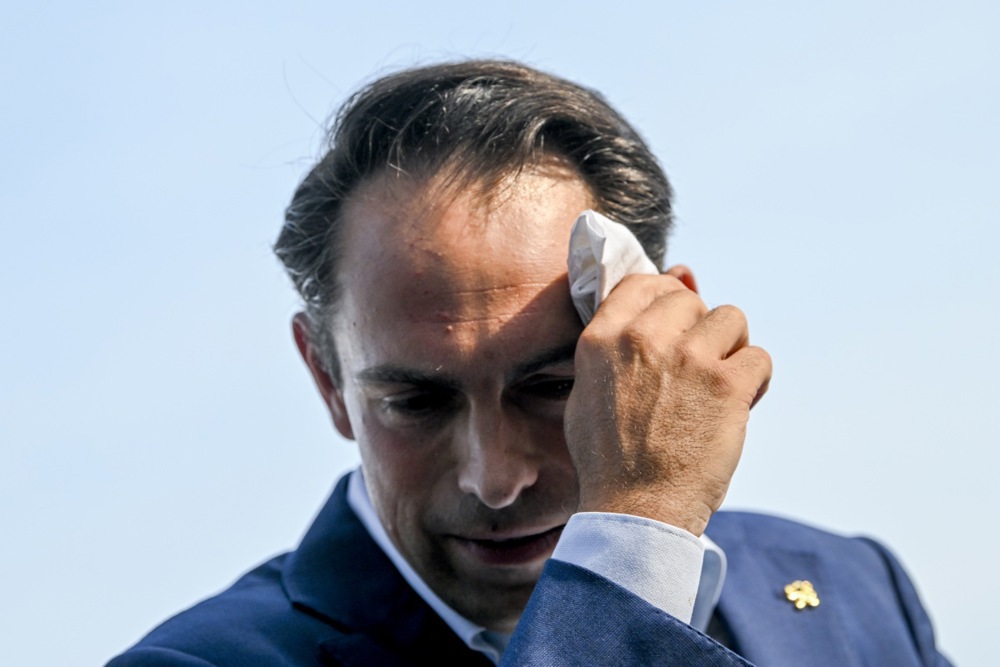The centuries-old diamond trade in Antwerp is facing a severe crisis, with local traders having expressed fears that the industry could soon vanish altogether.
According to the Antwerp World Diamond Centre (AWDC), imports of rough diamonds have fallen 38 per cent in the first nine months of this year alone. Over the past decade, the total stands at 70 per cent.
Trade in polished diamonds has declined by about 14 per cent in the past year and 40 per cent in 10 years.
Where in the first nine months of 2014 the value of imported and exported diamonds for Antwerp stood between €10 billion and €12 billion, that had dropped to between €7 billion and €4 billion over the same time period of 2024, the AWDC said.
On October 30, University of Antwerp economics professor Koen Vandenbempt told Belgian station Radio 1 that the sector was “in a perfect storm”.
There were several reasons for the collapse, he said, the most recent being the European Union boycott of Russian diamonds.
On December 18, 2023, the EU banned the direct and indirect import, purchase and transfer of diamonds from the country. That was accompanied by the implementation of a traceability framework.
Previously, implementing G7 sanctions on Russian rough diamonds had proved a thorny issue as it was felt they could easily be circumvented.
It was claimed by experts that any such bans would hit Western companies more than the Russian industry, while benefiting global non-G7 diamond-trade centres such as Dubai and Mumbai.
Belgium spearheaded the resistance against an outright ban and instead pushed the track-and-trace mechanism, designed to close off any potential loopholes Russia might exploit, being a hub for diamond trade. Some one-third of the stones passing through Antwerp hailed from Russia.
While the tracing system was gradually set up so as not to hurt trade in the West, that has appeared not have worked. Other trading hubs, such Dubai, are not bound by the boycott and freely trade in Russian diamonds.
“The sanctions are deadly for the Antwerp diamond industry,” one Antwerp trader told the daily Gazet van Antwerpen on October 30.
“Russia is not actually affected by this. The Russians simply sell their diamonds to other centres, such as Dubai or South Africa. But Antwerp is bleeding.”
Another problem has been the success of synthetic diamonds, which are around 10 times cheaper than “real” mined diamonds.
Such synthetic diamonds are indistinguishable from natural ones to the human eye and only a certificate shows whether any stone is “real” or synthetic.
Antwerp has also been hard hit by the global economic downturn. High inflation in the US and China’s slowing economic growth has meant traditional main export markets have been purchasing fewer diamonds or opting for cheaper, synthetic alternatives even more.
On top of all that, traders complained about complicated regulation and administrative issues. With dwindling profit margins, it has been getting more difficult for smaller operators to adequately screen all their trading partners.
A spokesperson for the ADWC, also told Gazet van Antwerpen there might be a silver lining to the growing demand for transparency regarding the diamond trade.
“Antwerp is already the most transparent centre for diamonds in the world. Jewellers and goldsmiths who buy diamonds in Antwerp know that those stones are not ‘blood diamonds’ and do not come from Russia. Large jewellery brands are increasingly demanding this transparency,” the spokesperson said.
If trading hubs such as Dubai, which currently do not follow sanctions, were forced to adhere to the transparency norms to keep working with the large brands, Antwerp would be far ahead of them, it has been pointed out.
Vandenbempt added on Radio 1 that while the diamond trade had a bad reputation, that could be turned around, as in Botswana, where diamonds are a major source of income for the relatively poor African country.
He also said the production of synthetic diamonds was highly polluting, which could also take away some of their shine.





